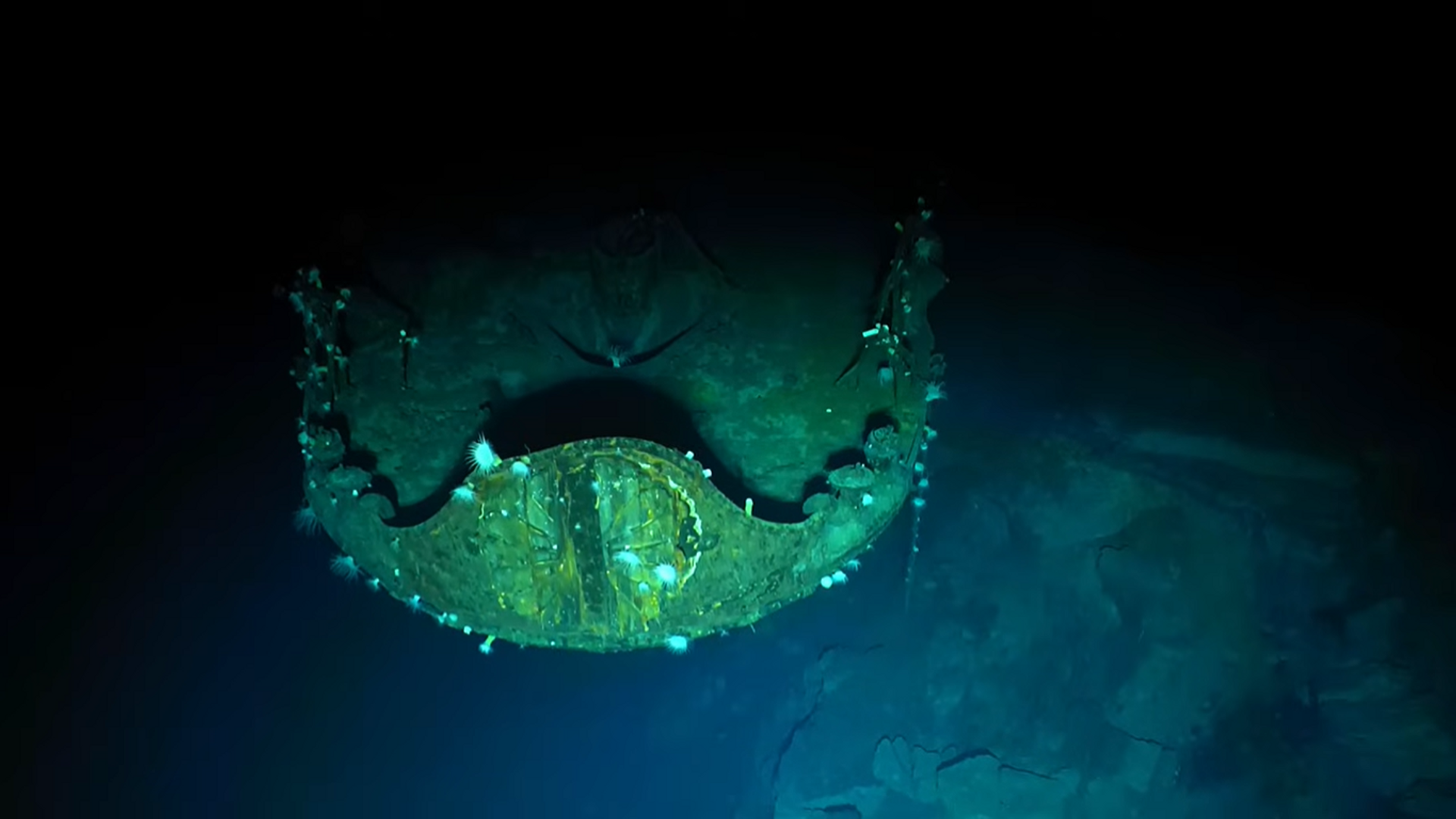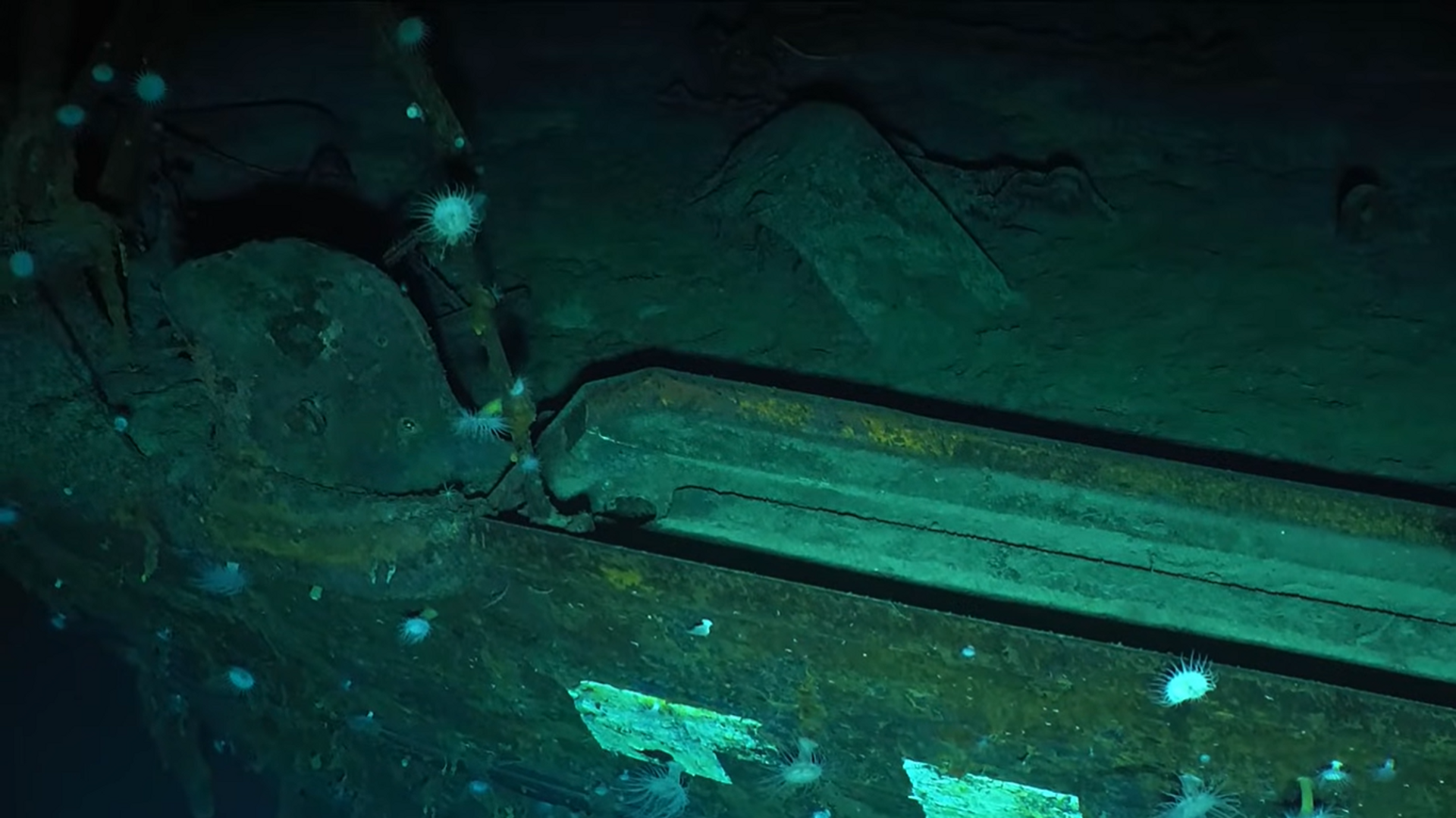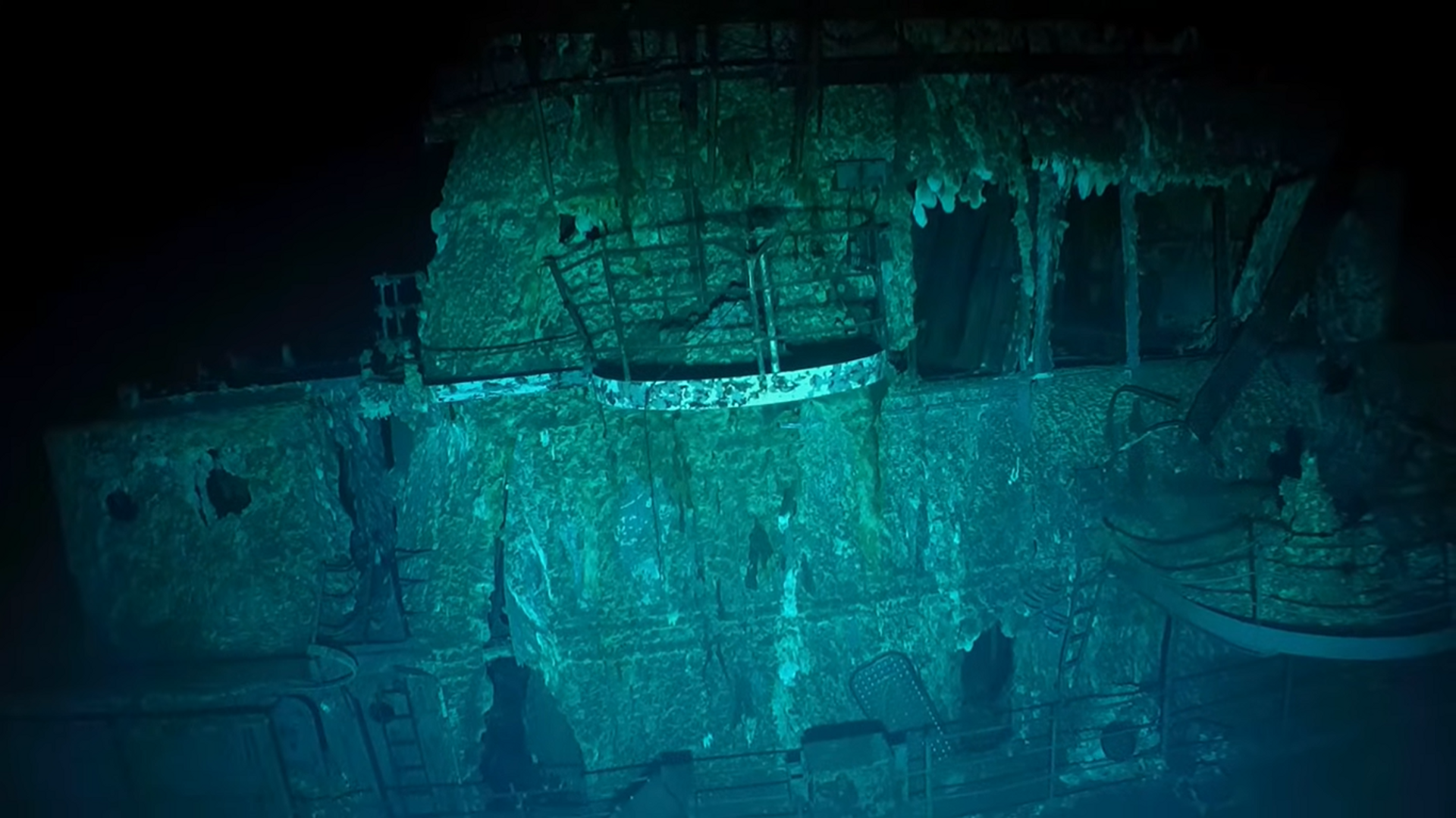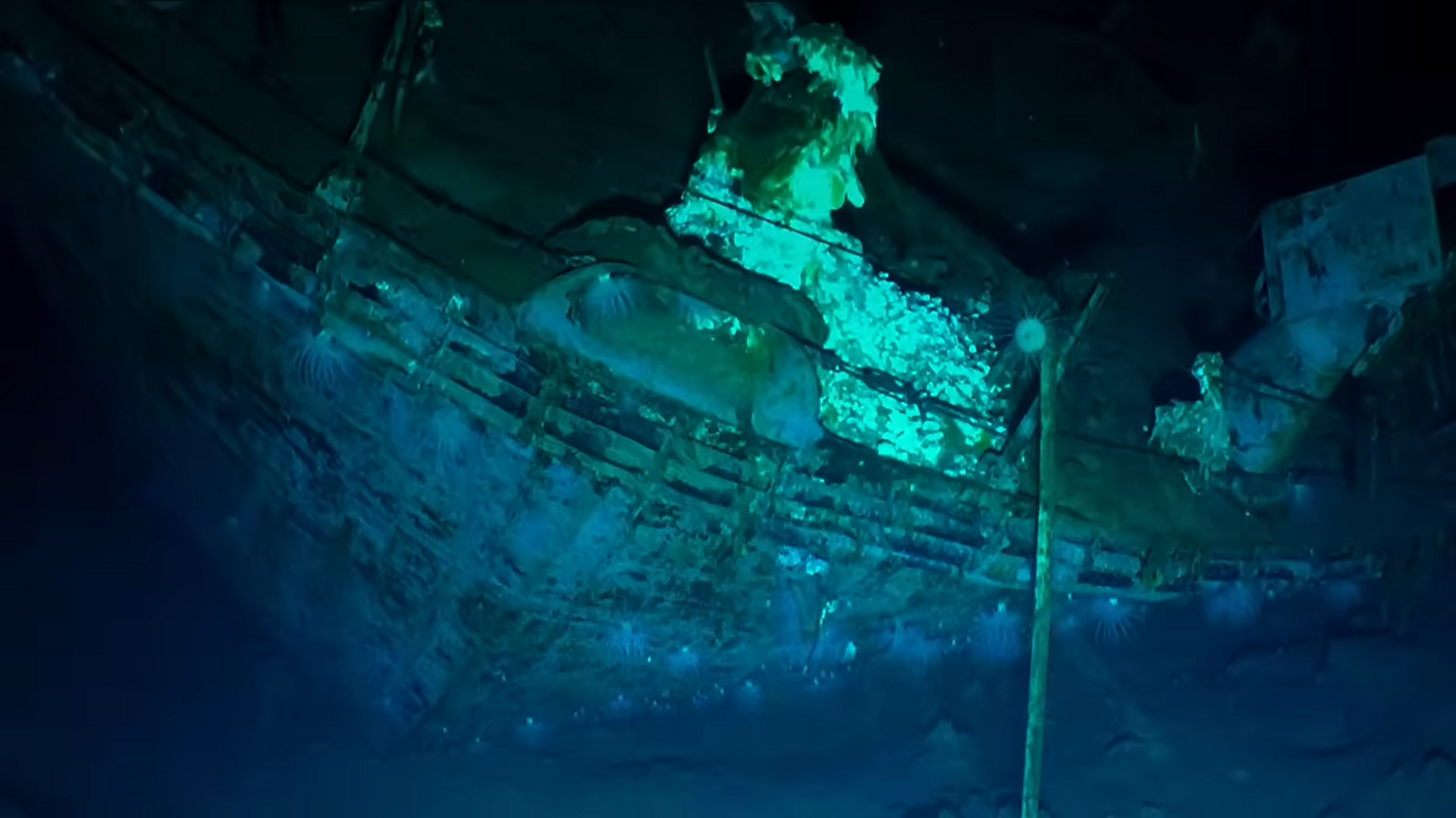Explorers Make First Detailed Search of WWII Battle of Midway Shipwrecks Site
Subscribe
More than 3,000 Japanese troops died in the World War II-era Battle of Midway, whereas about 362 US service members were killed. The major naval battle proved significant in hostilities as it helped clamp down on Japan's expansion.
A team of researchers have captured unprecedented images of three World War II shipwrecks lost during the Battle of Midway, as well as the first close-up photos of the Japanese Imperial Navy’s Akagi (IJN), an aircraft carrier.
The team was led by the nonprofit group Ocean Exploration Trust aboard the vessel Nautilus.
“This expedition is not only rewriting history and our understanding of these special places, but also pushing the limits of what we thought was possible in terms of interdisciplinary collaboration,” Daniel Wagner, chief scientist for Ocean Exploration Trust, said in the news release. “Many anti-aircraft guns were still pointing up, providing clues about the final moments on these iconic ships.”
The team was able to conduct the first visual survey of the Akagi, the IJN Kaga, and of the United States Ship Yorktown, which was first located 25 years ago.
During the battle the Japanese also lost four aircraft carriers, one cruiser, and hundreds of aircraft while the US lost one carrier, one destroyer and 144 aircraft.
The research dives were launched and closed with protocol ceremonies in order to honor the site, as well as those whose lives were lost and the families and communities the individuals belonged to, the release stated. The Battle of Midway took place over several days in June of 1942, about 1,300 miles northwest of Honolulu, Hawaii.
“On this occasion, we meet on those same Pacific waters in which Japan and the US once met in battle, but this time as allies and fellow researchers,” says Kosei Nomura, minister, head of Economic Section, Embassy of Japan. “We are reminded that today’s peace and tomorrow’s discoveries are built on the sacrifices of war, and so in my view, it is meaningful that Japan and the US are now deepening their cooperation at Midway, utilizing such cutting-edge technology.”
The team completed their surveys below more than 16,000 feet (5,100 meters) during three separate deployments, and took about 43 hours to survey the three wrecks. The mission was livestreamed for the public to view the shipwrecks, and allowed for archeologists from Japan, the US and over 100 experts across the globe to connect to the ship operations.
“During over 43 hours at depth, we methodically circumnavigated these historic wrecks, bringing to light many features in great detail, including their armament, battle, and sinking-related damage. Many anti-aircraft guns were still pointing up, providing clues about the final moments on these iconic ships,” Wagner added.
“The vast majority of our ocean lies in very deep waters that we know virtually nothing about,” says Wagner. “These deep-sea explorations highlight how many extraordinary things are still hidden and waiting to be found in the great depths of our ocean.”





